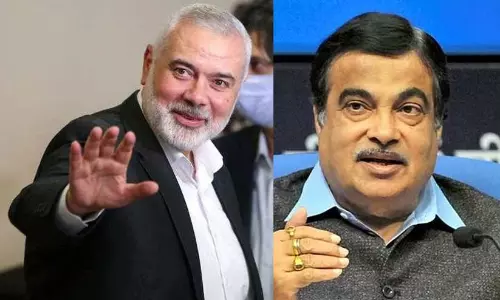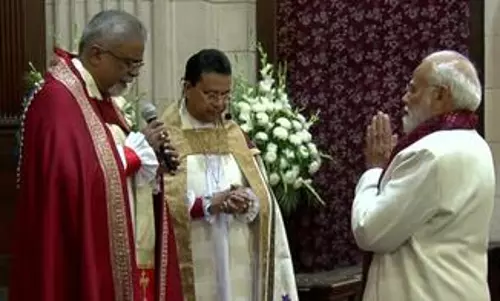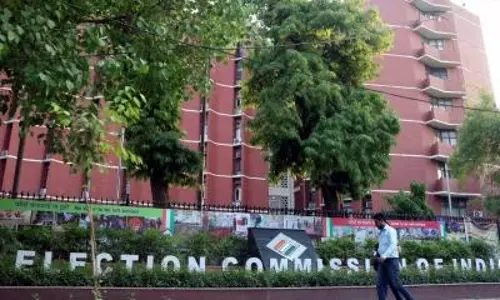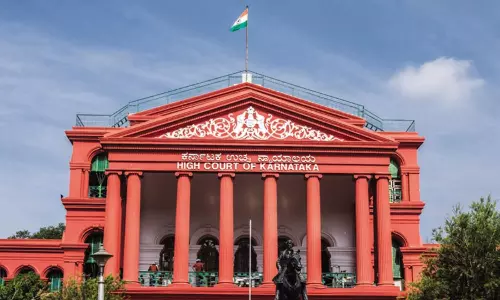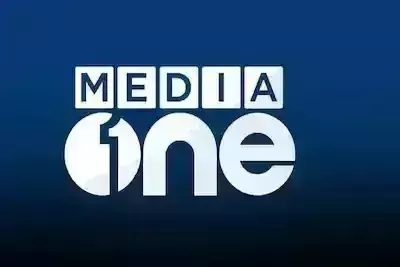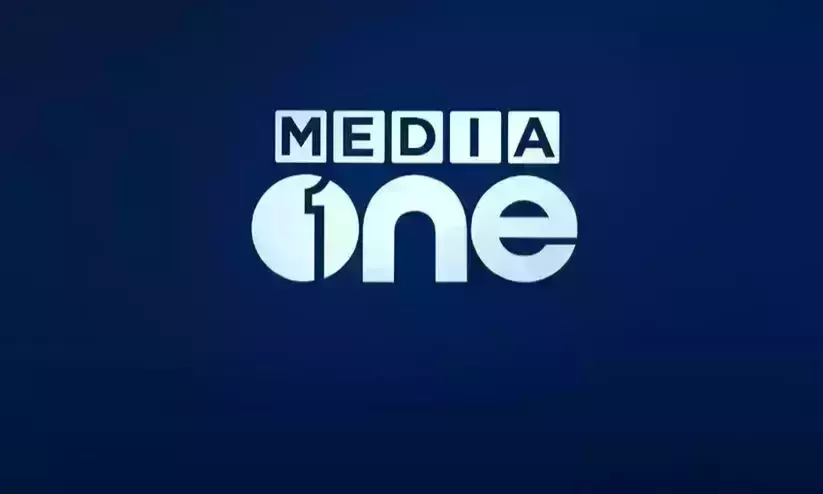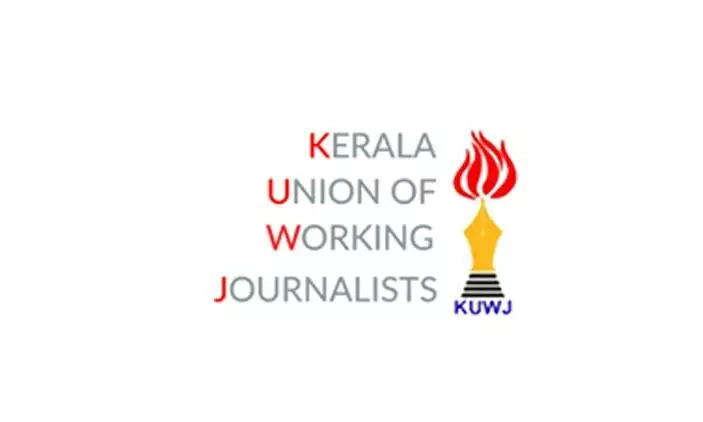
Attack on media freedom
text_fieldsAs the country celebrates its 75th anniversary of independence, concerns have been raised about whether the current government is adopting a stance that denies freedom to the fourth pillar of democracy and strangulates free media. The international agency Reporters Without Borders which indexes media freedom in countries around the world used to based on parameters. But when it comes to India, the we have to accept that the country's place is pathetically low despite being the largest democracy in the world. India's ranking is 142nd. It is sad that this contradiction comes at a time when our proud secular democratic constitution generously guarantees freedom of expression. The people want leaders who are not afraid of criticism or disturbed by dissenting opinions, and a government that is ruled by free will need not be afraid of pressure, temptations or threats. If there are inaccuracies and errors in the content in the news or views about the government or the authorities by the news, or in scenes and articles published in the media, then there is room for remedy including legal action in case of repeated violations. The system has enough provision to approach the courts of law against misinformation and defamatory propaganda, and it has been used by governments and individuals to this day. At the same time, media have the right to question when governments adopt policies and actions that have far-reaching implications. When this right is denied, democracy and the judiciary will cease to exist.
We are writing this in the context that Media One, a news channel that has been making independent and strong interventions in Malayalam media landscape for the past nine years, has had its broadcasting suspended by the Central Government. The channel was forced to suspend broadcasting at noon on Monday. 'MediaOne' which has stood as the voice of the religious minorities, the downtrodden and the weaker sections and the voice of the oppressed is committed to standing on the side of humanity and social justice. Independent observers can see that the channel has been conducting itself completely independently and impartially. It can also be seen that MediaOne, which generously allows time for dissenting views when discussing any issue of public interest, has not closed the door to those who support the central and state governments. It is also a plain and simple truth that the channel is extremely scrupulous when reporting on religious, racial or social events to never violate legal boundaries or to fall into a style that promotes division in society. However, the channel did not hesitate to expose the destruction of democracy, injustice and the manufacturing of hatred by anyone.
It has also been characteristic of MediaOne to condemn and denounce any movement that promotes terrorism or extremism. It is a mystery then why the central government got to the point of suffocating such a channel. That is probably why the Kerala High Court was persuaded to stay for two days the ban within hours of the government's order. The popularity of the channel was highlighted by the public outcry over the unreasonable ban. The fact that an earlier ban, slapped abruptly at 7 pm on March, 2020 by the Union Broadcasting Ministry had to be unconditionally withdrawn the next morning was proof enough that there was no justification for that ban. The fact that the concerned ministry did not think twice when it came to re-imposing equal action raises the question of whether constitutional principles are not being given their due respect. The ban on 'Media One' and its aftermath reminds us once again the lesson that the judiciary's intervention and public vigilance are the guarantee that injustice will not be tolerated and constitutional values will be protected.





